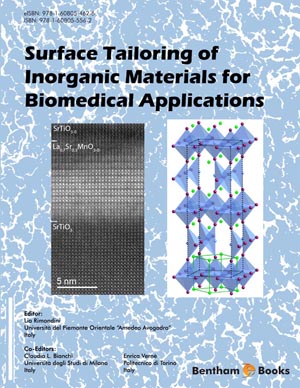Abstract
Anisotropic nanostructures (ANs) have increasingly become attractive materials in the current decade due to the direction-dependent properties associated with them. The materialization of ANs is highly delicate, where sharp edges and vertices synthesis is very crucial. There are a few factors that play an important role in the synthesis of ANs, such as surfactants, pH, temperature, etchants, choice of reducing agent, metal precursor, reaction time, solvent, etc. This chapter discusses how surfactants affect the growth of ANs. Although several surfactants are used for the synthesis of ANs, we have focused on the surfactants, such as cetyltrimethylammonium bromide (CTAB) polyvinylpyrrolidone (PVP), cetyltrimethylammonium chloride (CTAC), and binary surfactant mixture used for the synthesis of Au, Ag, and Cu nanostructures. An overview of various types of surfactants and the importance of the choice of surfactant, which is necessary for the synthesis of the particular nanostructure, is presented. Also, the change in nanostructure formation with the change in percentage assay of surfactant is discussed. The contemporary strategies and advantages of binary surfactant mixture over the mono-surfactant are comprehensively reviewed. The challenges in the synthesis of particular nanostructures with the required size and morphology are highlighted.
Keywords: Anisotropic nanostructures, Cetyltrimethylammonium bromide, Cetyltrimethylammonium chloride and binary surfactant mixture, Gold nanostructures, Polyvinylpyrrolidone, Silver nanostructure.









